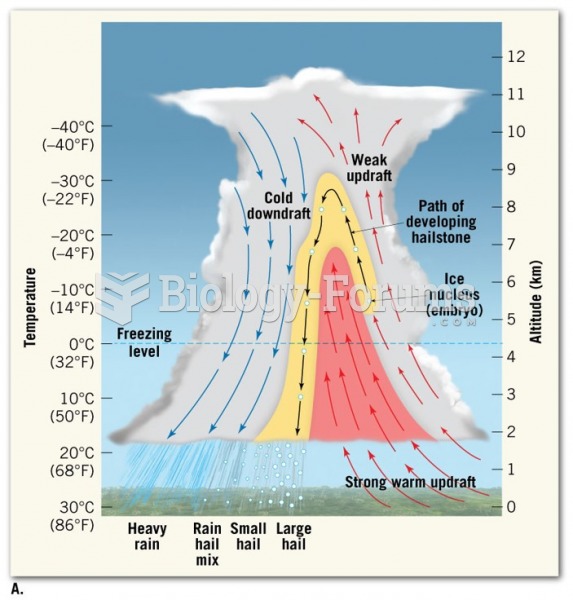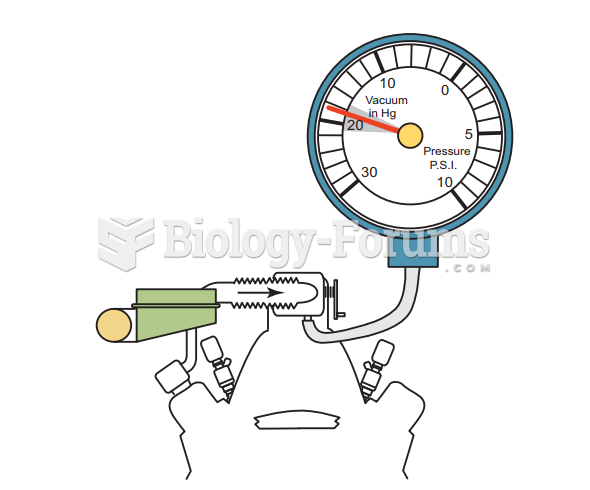|
|
|
In inpatient settings, adverse drug events account for an estimated one in three of all hospital adverse events. They affect approximately 2 million hospital stays every year, and prolong hospital stays by between one and five days.
The human body's pharmacokinetics are quite varied. Our hair holds onto drugs longer than our urine, blood, or saliva. For example, alcohol can be detected in the hair for up to 90 days after it was consumed. The same is true for marijuana, cocaine, ecstasy, heroin, methamphetamine, and nicotine.
The average adult has about 21 square feet of skin.
After 5 years of being diagnosed with rheumatoid arthritis, one every three patients will no longer be able to work.
Blood is approximately twice as thick as water because of the cells and other components found in it.







